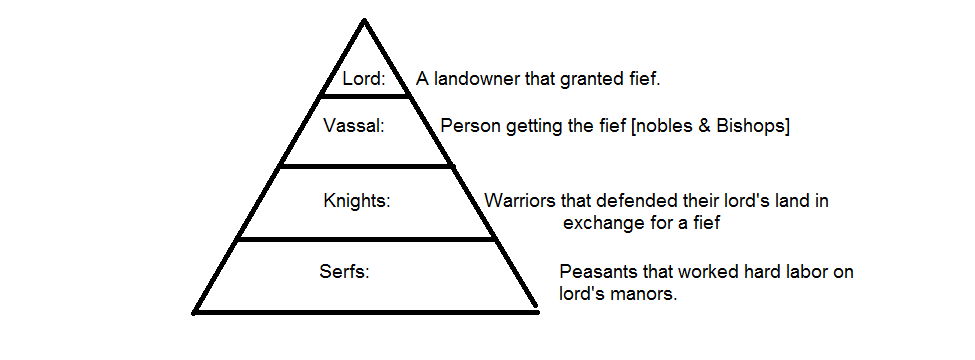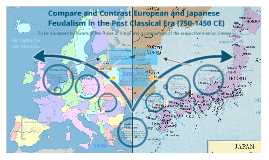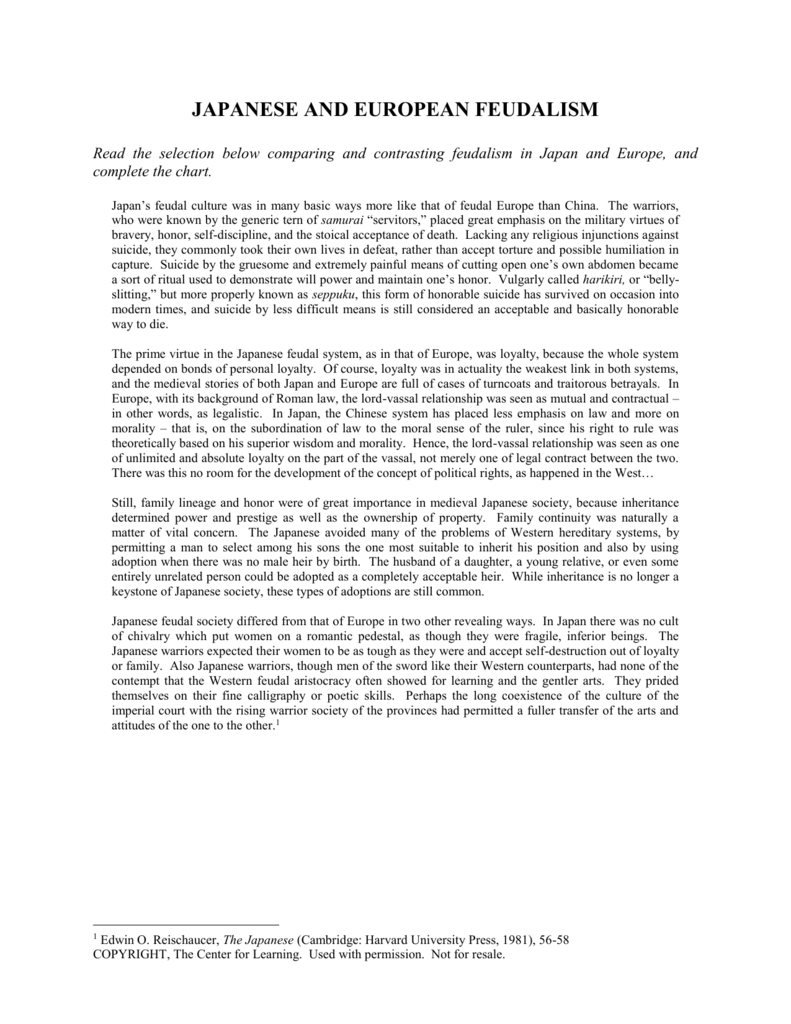

The power and pronouncements of the Pope played a major part in the History of England. Under the feudalism pyramid the Pope had the power to pronounce judgement against a King, depose a King, forfeit his Kingdom, put another King in his place or excommunicate a King. The Pope, as God's vicar on Earth, had the right to intervene and impose sanctions on an unjust King. However, under the Feudalism pyramid the King was answerable to the Pope. The Feudalism pyramid of the church would include the following positions:įeudalism was based on the belief that the land belonged to God - but that the Kings, who ruled by Divine Right, managed the land and used it as they wished. Archbishops in turn might become extremely ambitious and aspire to become Pope. Clerics wanted to be Bishops who in turn would aspire to be made an archbishop. The Feudalism pyramid also applied to the secular order of the church. The Feudalism Pyramid - The Pyramid of Power in the Church The order of rank and precedence in the Medieval Feudal System was as follows: The pyramid of power which was the Feudal system ran to a strict 'pecking' order - during the Medieval period of the Middle Ages everyone knew their place. The emperor recognized him as shogun (military. He established himself as military leader of Japan, distributing land to allies in return for their military support. A power dispute arose in the late 12th Century and the forces of Minamoto no Yoritomo won in the end. Powerful nobles aspired to be King - and the Medieval history of the Middle Ages under the feudalism pyramid describes such coups. Japan developed an imperial system led by an emperor. His importance in the land would increase and he could then join the nobility. A Knight who proved valiant in battle or was successful at jousting in tournaments could become wealthy. Medieval Squires and Pages of the Middle Ages wanted to become knights. The good thing about the Feudalism Pyramid of Power was that is was possible for everyone to move higher up the ranks of the pyramid and this is what everyone aspired to do. The Feudalism Pyramid - The Social Pyramid of Power They belonged to the land and could not leave without permission - the bottom of the Feudalism pyramid.

If a man proved himself in battle and as a loyal supporter he was rewarded with land (called a fief ) In return for the land the loyal supporter or Vassal would swear an Oath of Fealty and pay homage to his lord or King. The urge for the great countries of Europe to fight and acquire new lands and territories led to the hierarchy of European feudalism and its main advantage which was that men who were not of noble birth could climb up the Feudalism pyramid of power.

A natural pyramid shaped hierarchy had already developed headed by the king, who was surrounded by nobles. The hierarchy of European Feudalism occurred with ease. From France feudalism spread to the major European countries including Germany, Spain, Italy, Scandinavia, England and the Slavic countries. The spread of European feudalism grew rapidly. European nobles increased their power from grants of land from the king in return for military service.

It was also traditional for Romans to surround themselves with loyal soldiers who provided a substantial fighting force and offered protection. Roman villas and their lands were granted to military leaders on a temporary basis as a reward for their loyalty to Rome and the emperor. Elements of the Roman regime were transferred to European feudalism. This coincided with the great military force organised by the Normans. The first elements of European Feudalism appeared in France and Germany in the 9th and 10th centuries.


 0 kommentar(er)
0 kommentar(er)
